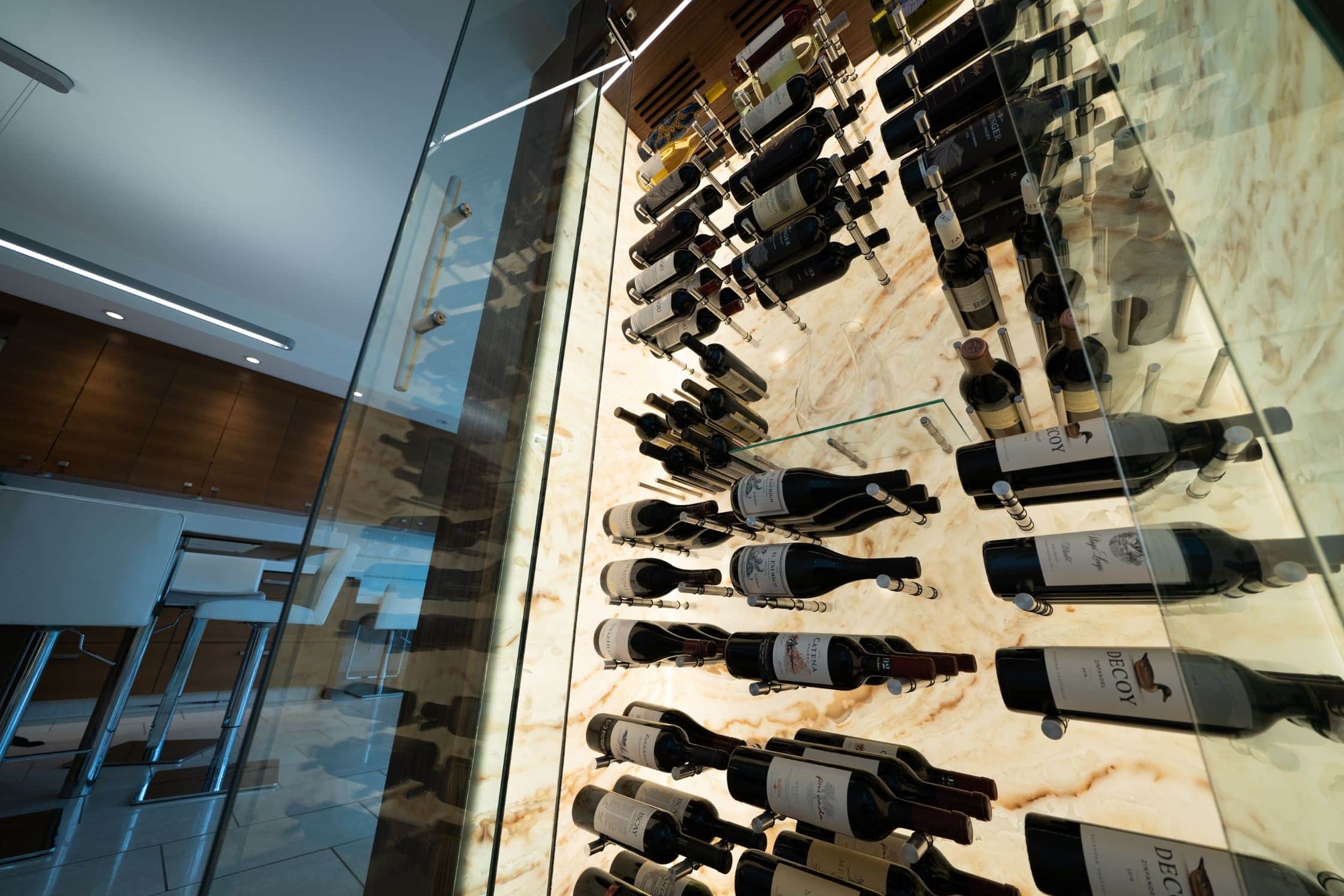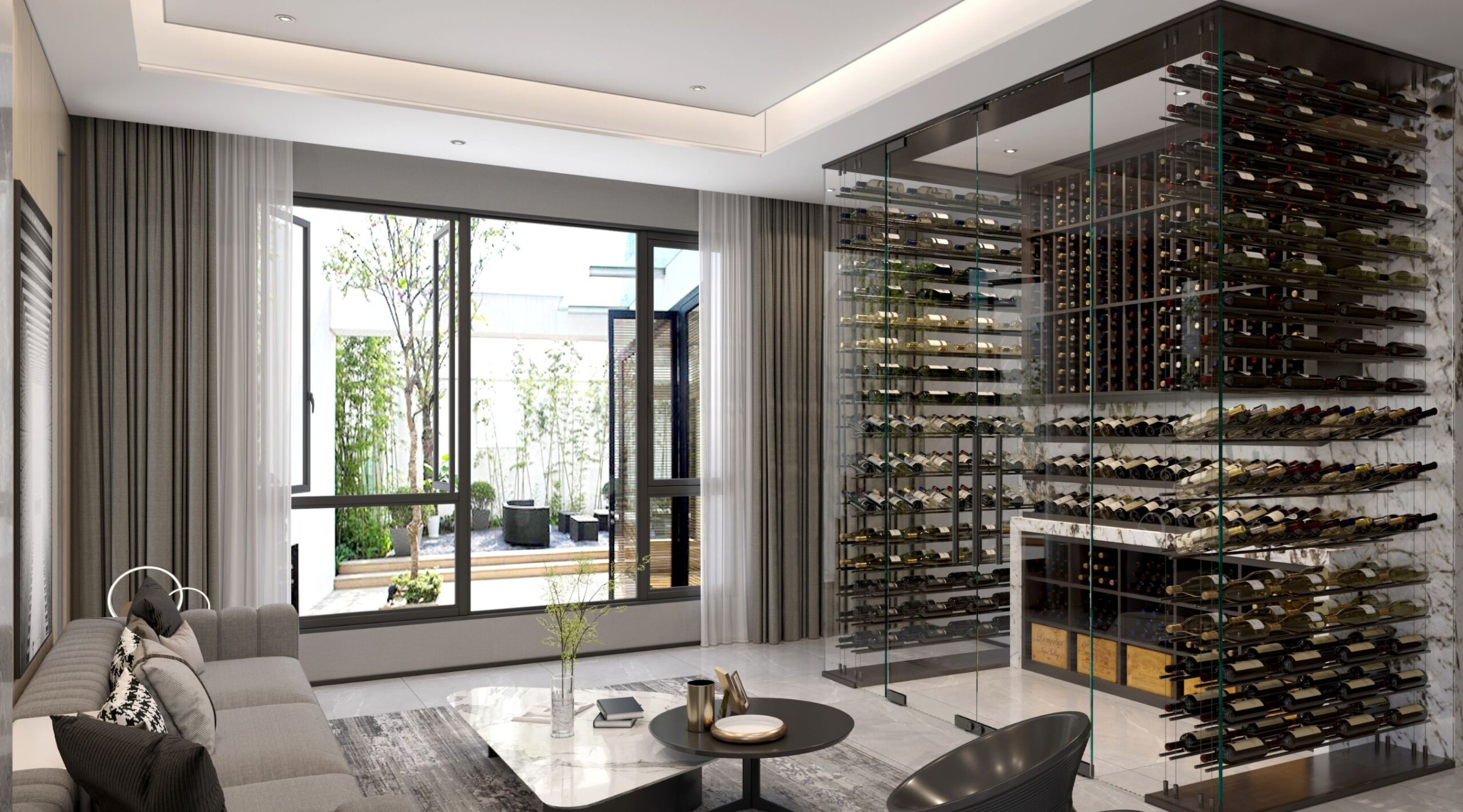Table of Contents
Wine cellars have been a part of human history for thousands of years, with their use evolving over time. In the United States, the history of wine cellars can be traced back to the early days of the country’s wine-making industry. This article will explore the modern history of wine cellars in the United States, including the significant factors that have impacted their design.
The History and Evolution of Modern Wine Cellars
The modern wine cellar, as we know it today, has a rich history and has gone through various phases of evolution. From the simple caves of ancient times to the sophisticated, climate-controlled spaces of today, the development of wine cellars has been an intriguing journey.
Immigrants Wave
The development of New World wine cellars owes much to the influx of European immigrants during the 19th and early 20th centuries. They brought their winemaking skills and expertise in wine storage and cellar design. Consequently, New World wine cellars began incorporating features from traditional European ones, such as subterranean construction or stone walls. Despite these influences, the cellars also had to adapt to the unique climates and local materials of the Americas. The blending of Old and New World techniques resulted in the creation of unique modern wine cellar designs.
Prohibition and its Impact on Wine Cellars
The Prohibition era (1920-1933) had a profound impact on the wine industry and wine cellars in the United States. During Prohibition, the production and sale of alcoholic beverages were illegal, but wine cellars were still used to store wine for personal consumption or religious purposes. However, many wineries were forced to close, and some wine cellars were destroyed or repurposed. After Prohibition ended, wine cellars faced new challenges, such as changing regulations and competition from other beverages.
The Rise of Wine Cellars in the United States
Since the 1960s, the popularity of wine in the United States has grown significantly, leading to a rise in the number of wine cellars. Wine culture and appreciation have played a significant role in this growth, as well as the development of new technology that has made it easier to create and store wine. During the 1960s and 1970s, wine cellars were often designed with a utilitarian purpose in mind and were typically located in basements or underground. However, as the popularity of wine grew, so did the focus on wine cellar design.
In the 19th and 20th centuries, advances in technology and engineering led to the development of modern wine cellars. These cellars were designed to control temperature and humidity levels, providing ideal conditions for wine storage and aging. Wine enthusiasts began to collect and store large quantities of wine, and wine cellars became a common feature in many homes.
Modern Wine Cellars in the 21st Century
Modern wine cellars are often designed with aesthetics as well as functionality in mind. Some of them are built to showcase a collection of rare or expensive wines, while others are meant to be hidden from view. Many wine cellars today are equipped with temperature and humidity control systems, as well as security measures to protect the wine from theft or damage. Some innovative designs incorporate glass walls or traditional and modern blends to create a unique display.
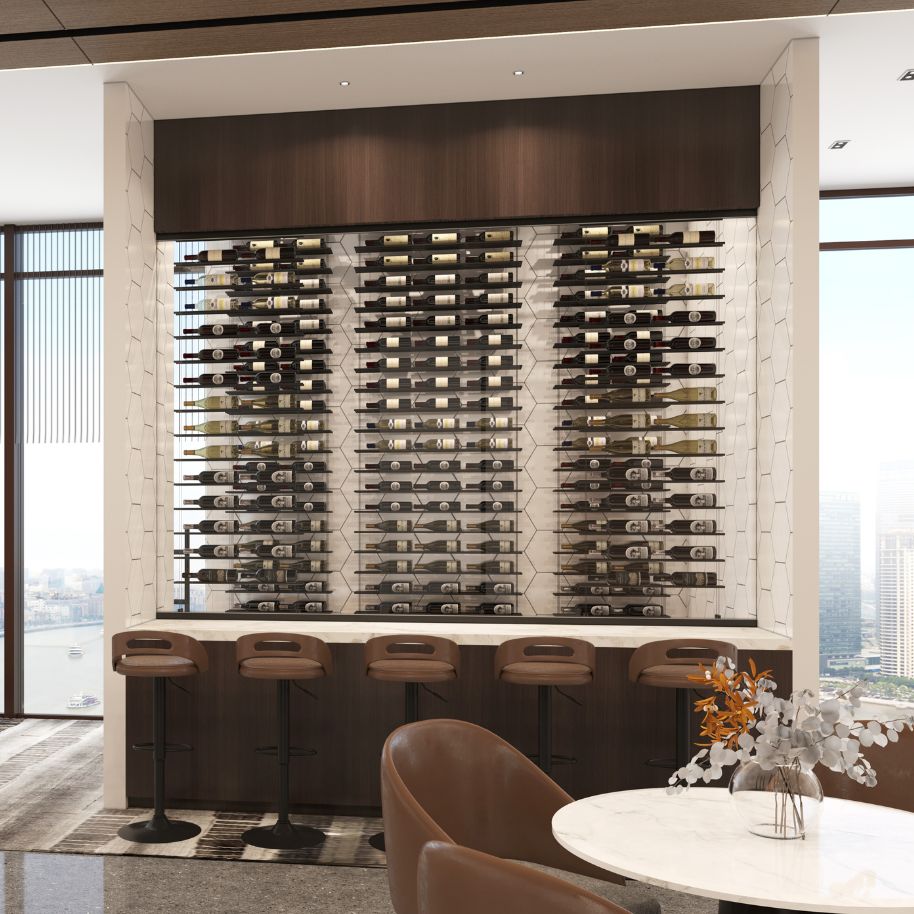
Glass-enclosed Wine Cellars
Glass-enclosed wine cellars allow for a clear view of the wine collection, creating an impressive visual display. They also provide a protective barrier against light and temperature fluctuations, which can negatively impact wine storage. These enclosures can be built into walls or be freestanding, allowing for flexibility in placement within a home.
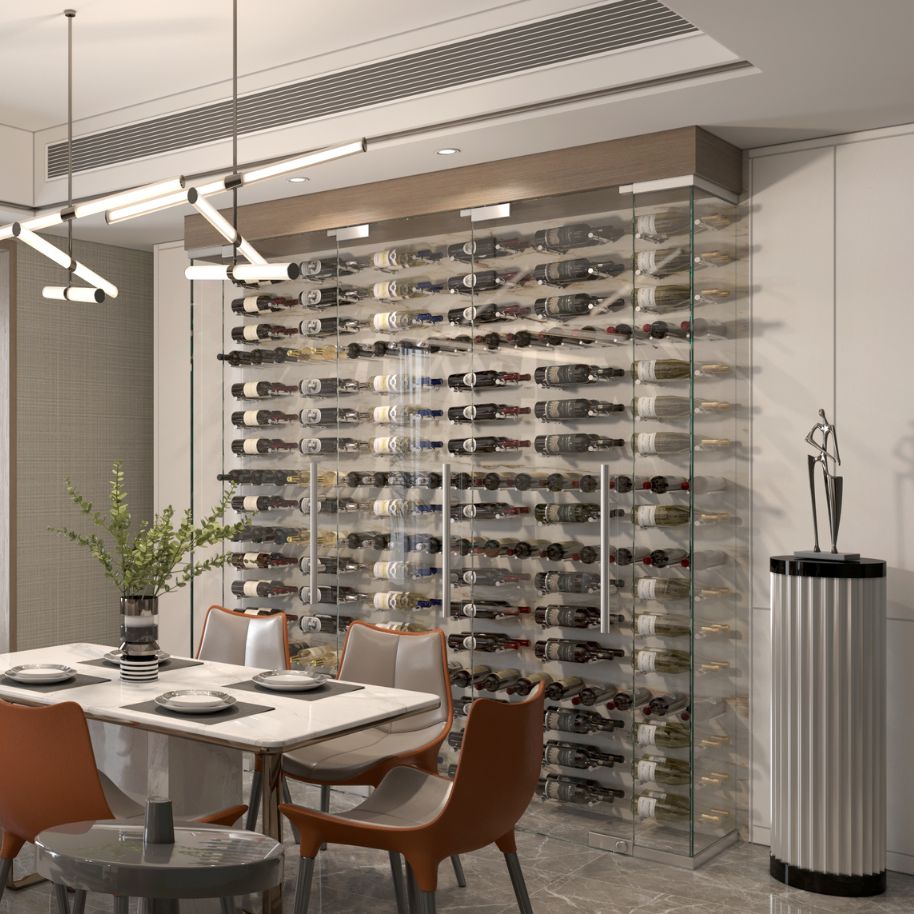
Unique Wine Walls
Another modern design option includes wine walls. These are essentially floor-to-ceiling wine storage systems that can hold hundreds of bottles. They create a dramatic focal point in a room and offer easy access to the wine collection. Wine walls can also be designed with various lighting options, such as LED lights or backlit panels, to enhance the visual appeal of the space.
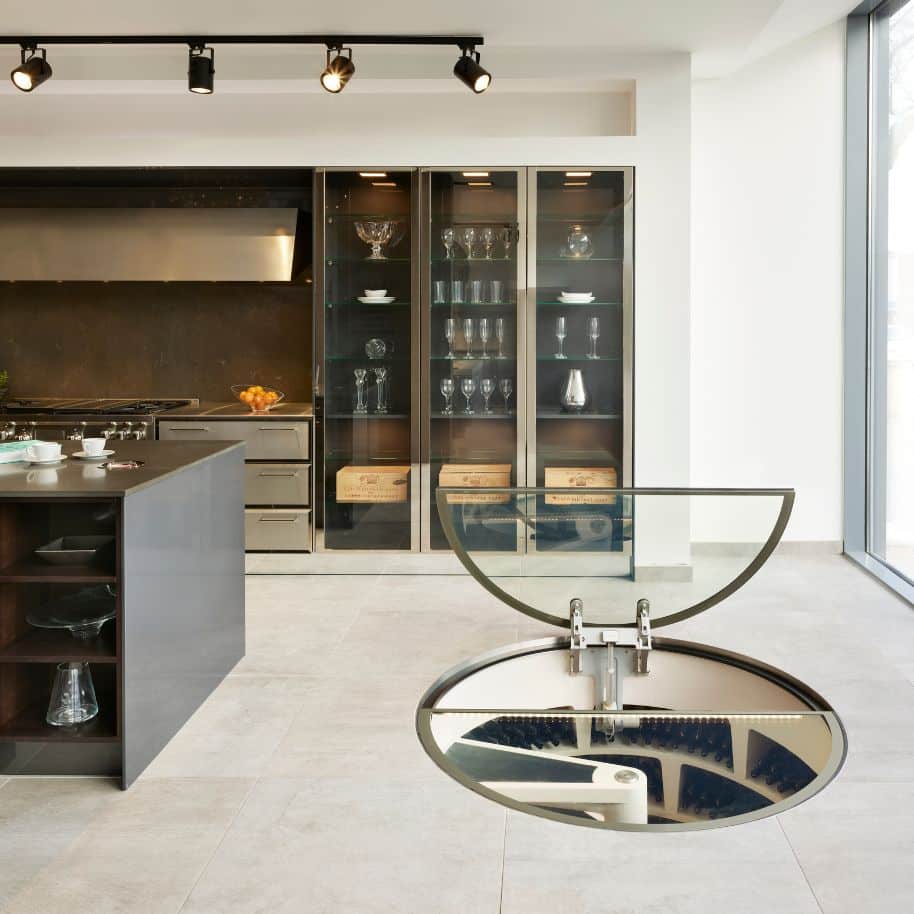
Spiral Wine Cellars
Spiral Cellars have a long history in Europe, where they have been used for centuries to store wine in a compact and efficient manner. In recent years, these unique cellars have gained popularity in the United States as well, as more and more wine enthusiasts look for creative ways to store their collections. With their elegant spiral design and ability to blend seamlessly into a home's decor, Spiral Cellars are quickly becoming a must-have feature for wine lovers across the globe.
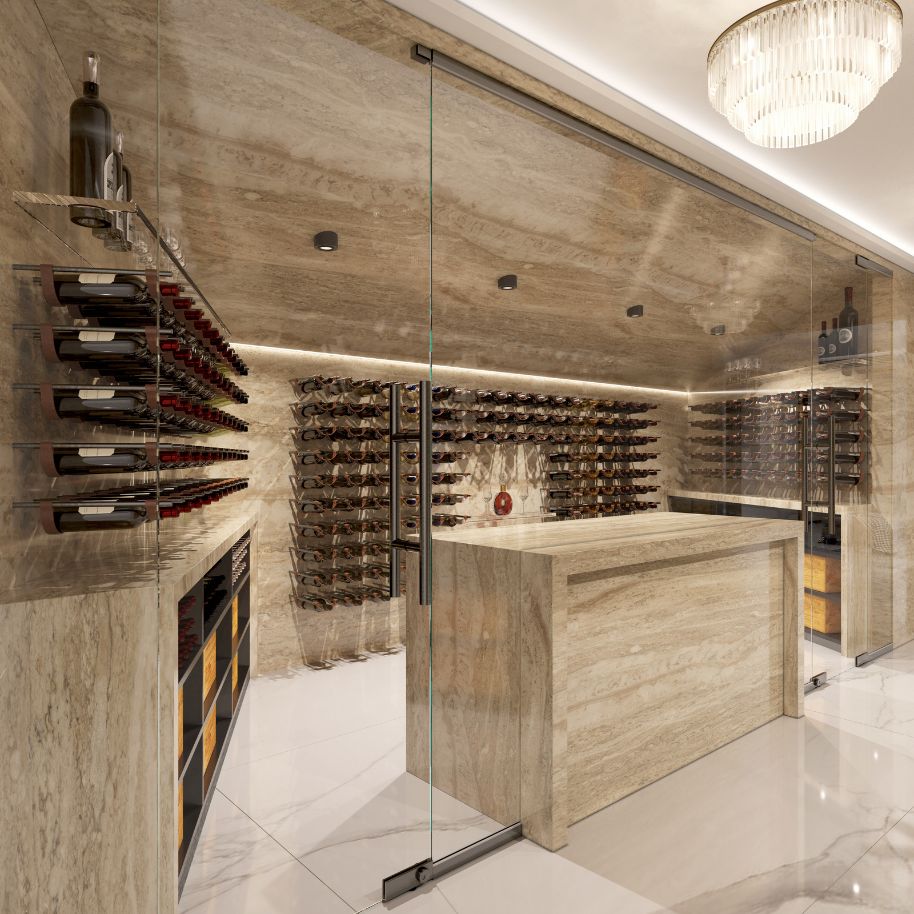
Traditional and Contemporary Twist
While modern wine cellars reflect contemporary design trends, they are also deeply rooted in traditional wine storage practices. Designers are adept at blending traditional elements with modern accents, such as the use of natural materials such as wood and stone alongside sleek metal fixtures, producing a striking balance of old and new.
Customization is a key consideration in modern wine cellar design, as wine enthusiasts seek to showcase their collections in a personalized manner. With a focus on individuality, bespoke designs are becoming increasingly popular. These designs feature unique elements such as custom racking systems, LED lighting, and materials such as reclaimed wood, metal, and stone.
As the World Leader in Custom Wine Cellar Design, we are passionate about creating modern wine cellars that are both elegant and functional, perfectly suited to showcase and protect the wine collection while reflecting the personal style and taste of the space. Our experience in the US market has allowed us to understand the unique demands and preferences of American wine enthusiasts. With years of expertise in custom wine cellar design and manufacturing, we offer a range of innovative solutions that incorporate the latest trends in wine cellar design, including glass enclosed cellars, wine walls, and Spiral Cellars. Our goal is to create a wine cellar that not only stores wine, but also enhances the collector’s overall wine experience. We provide the highest quality custom wine cellars that meet the unique needs of each client.
Conclusion
The modern history of wine cellars in the United States is a story of evolution and adaptation. From the earliest wine cellars dug into hillsides to the state-of-the-art installations of today, wine cellars have played a significant role in the production and consumption of wine. As wine continues to grow in popularity, it is likely that wine cellars will continue to evolve to meet the changing needs and tastes of wine enthusiasts.

